blue lump under skin
 Blue Nevus: Identification, Removal, and More
Blue Nevus: Identification, Removal, and MoreHow to identify and treat a Blue Nevus What is a blue nevus? Moles, also called nevi, may appear on your skin in a variety of shapes, sizes and colors. Some kind of mole is the blue nevu. This mole gets its name from its blue color. Although these topos may seem unusual, they are generally benign and not cause concern. But like any mole, you'll want to keep an eye on it for changes over time. Keep reading to learn more. Moles can appear in all kinds of tones, not only the typical brown or tanned variety that you could expect. These moles appear blue because the pigmented skin patch that creates them is set lower on the skin than the topos and the brown toes. The shadow of a blue nevus can vary from light to dark blue. Other common features are: It is possible to have another type of blue nevus beyond the common variety. One of them is the cellular blue nevu. This guy: In cases, your blue nevu can be evil. Cancerous nevi may appear as a common or cellular blue nevu but develop at a later age and may start to look like ulcers. They may also have a more nodular or similar form to the plate. The blue nevi can appear in many places in the body and are usually isolated. This means you probably won't see more than one nevus in a given area. Some places you can find a blue nevu in your body include your: It is not clear what causes blue nevi. In young children and adults and in women. Evil blue nevi. The men of their 40 years can have one for this guy. The blue nevi may appear at any age. You may have one at birth or may develop later in your life. It's not unusual to have a blue nevus. Most people have between, and those who have skin topos just like others. You can even notice that the moles change color, tone or size as it grows from childhood. The methods that develop in adulthood can be of concern. If you have a blue nevus or other topo appears after 30 years, consult your doctor. It can be a sign of skin cancer like . Changes to blue nevi or other topos can also be a matter of concern. Keep an eye on any abrupt or subtle changes in your skin and the polka dots will ensure that you detect early signs of skin cancer. You should flag blue nevi, along with other topos, when: If you notice any of these changes, consult your doctor for an evaluation. Although your doctor may be able to diagnose blue nevus immediately when looking at it, they may recommend a . This may determine if the mole is malignant. A blue nevus is usually not problematic. You can have a benign blue nevu on your skin for your entire life. The only time your doctor will recommend removal is if the mole is evil. You can also talk to your doctor about removal if the mole is causing discomfort. For example, if you rub against the skin or cause another irritation. Your doctor may chop by cutting or shaving it with a . You may receive a local anesthesia and may need points. The skin surrounding the removed mole will heal over time. If the blue nevus reappear after removal, contact your doctor. This could be a sign of skin cancer. Finding a blue topo on the skin is usually not cause of alarm. These moles are typically benign. But if the mole appears later in life, or if an earlier mole is changing over time, you should see your doctor. You can check the malignity and advise you in your next steps. Last medical review on September 14, 2017 related stories Read this next series of words

What Caused These Bluish Bumps? | The Dermatologist
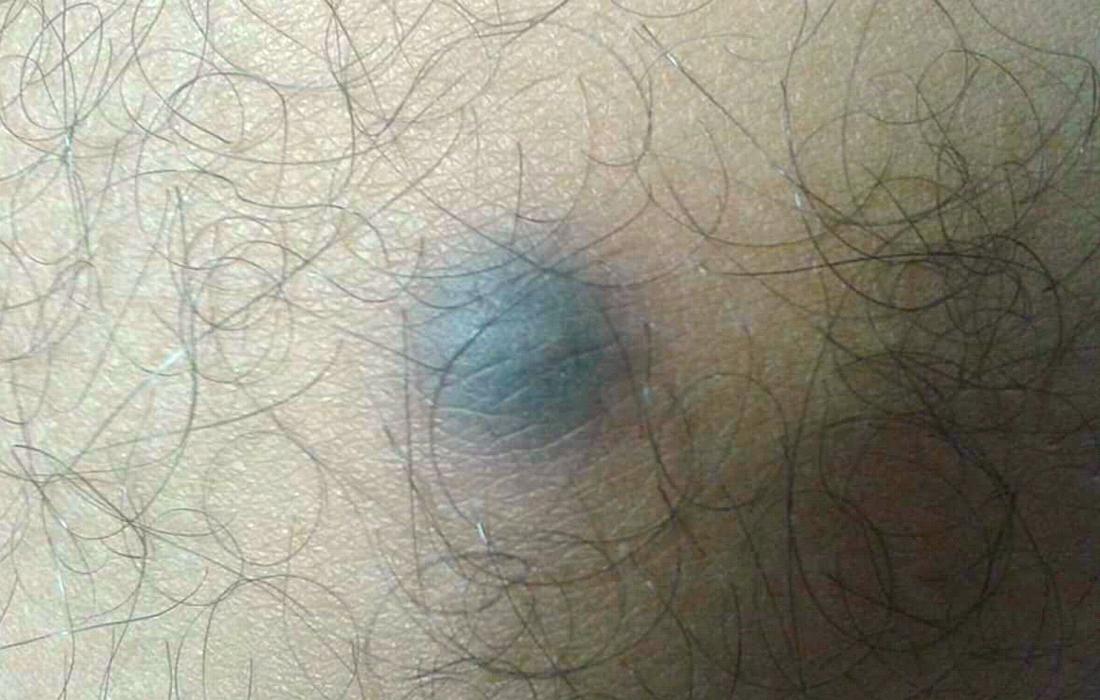
Hard lump under the skin: Causes and pictures
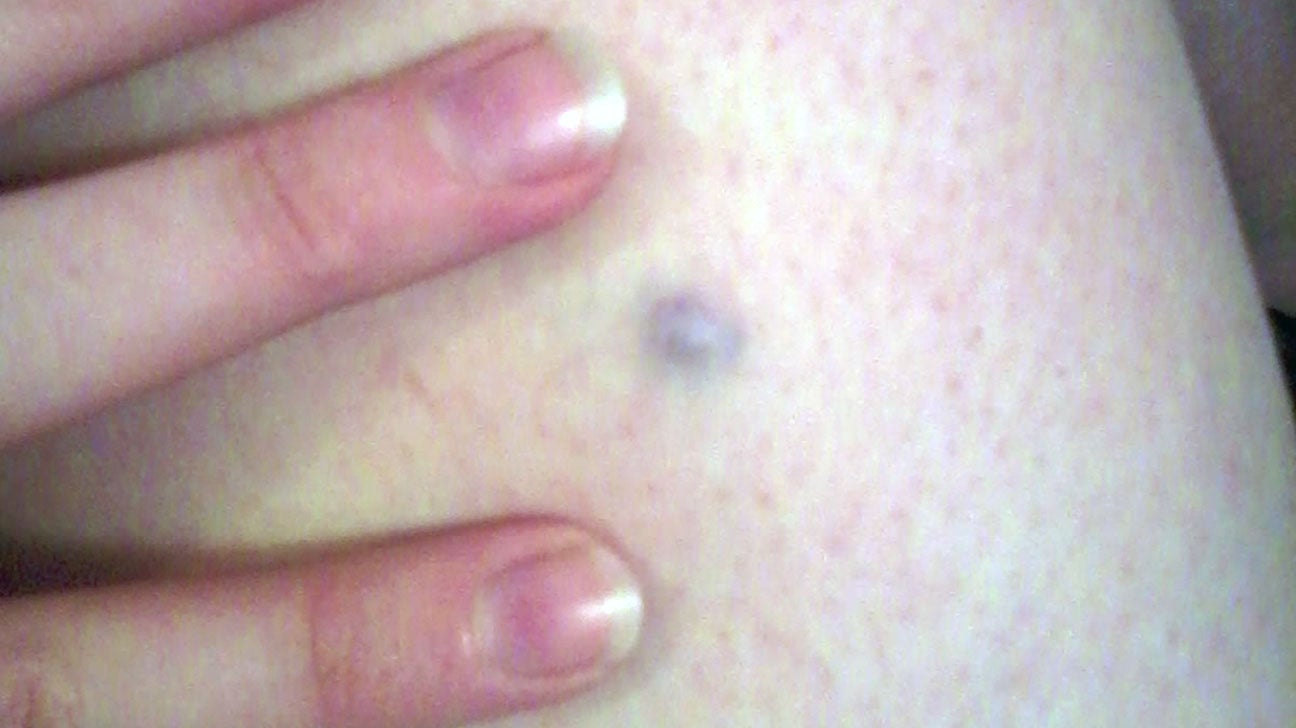
Blue nevus: Pictures, diagnosis, removal, and more
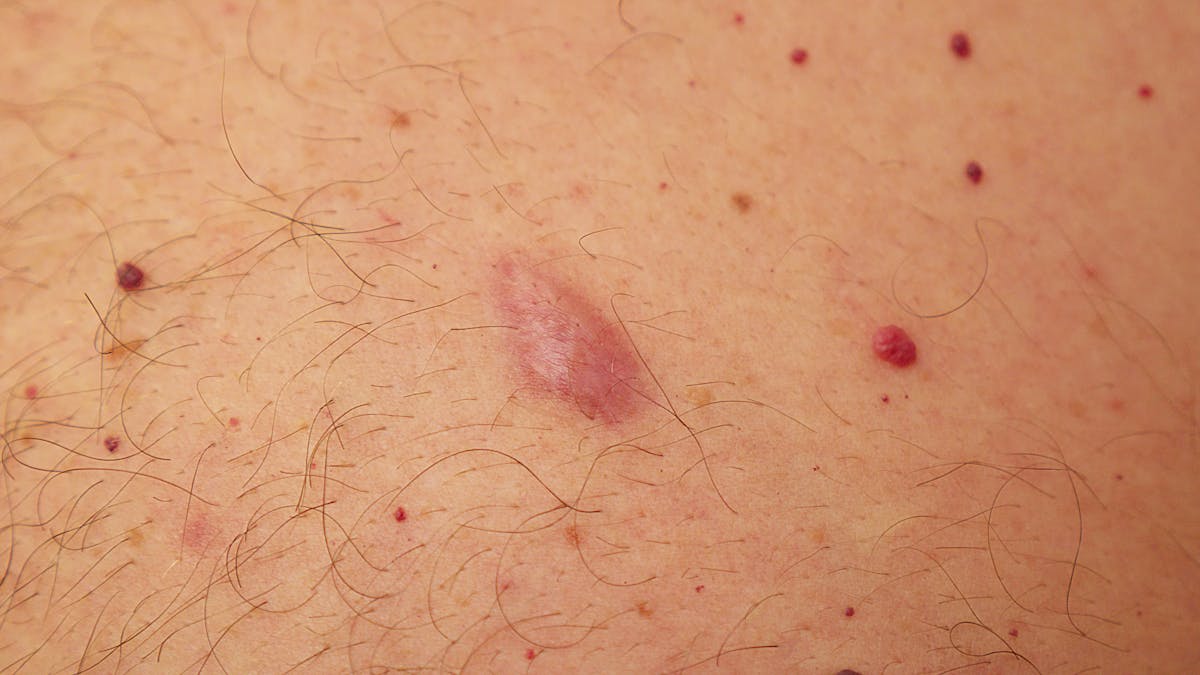
Common lumps and bumps on and under the skin: what are they?

What Caused These Bluish Bumps? | The Dermatologist
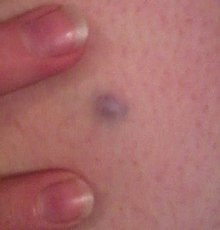
Blue nevus - Wikipedia

An Adolescent With a Smooth, Blue-Black Nodule on the Dorsal Wrist | Consultant360
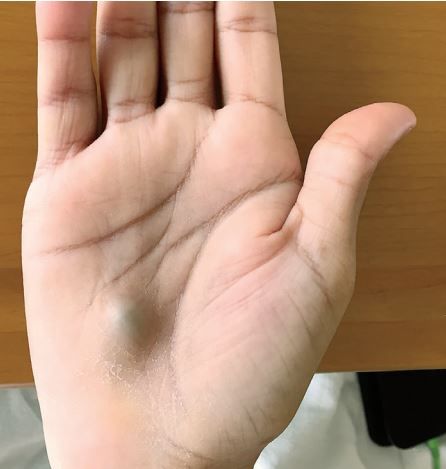
This Bulging Lump on a Man's Hand Revealed a Serious Heart Infection | Live Science

Blue Nevus: Identification, Removal, and More
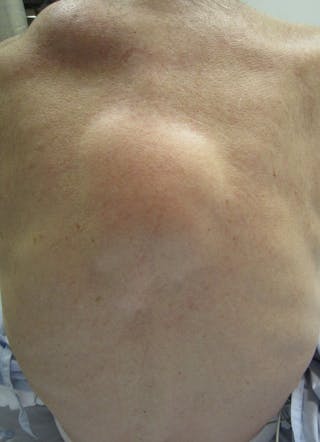
Common lumps and bumps on and under the skin: what are they?

Derm Dx: A blue-black nodule on the hand - Clinical Advisor

What Caused These Bluish Bumps? | The Dermatologist

Blue Lump On Forearm | Superficial Blood Clot Or Lipoma

PDF) A slowly enlarging purple nodule on the arm

An Adolescent With a Smooth, Blue-Black Nodule on the Dorsal Wrist | Consultant360

A case of pilomatrixoma in the cheek in a 7-year-old girl - ScienceDirect

What Is a Skin Lump? Symptoms, Causes, Diagnosis, Treatment, and Prevention | Everyday Health

Common lumps and bumps on and under the skin: what are they?
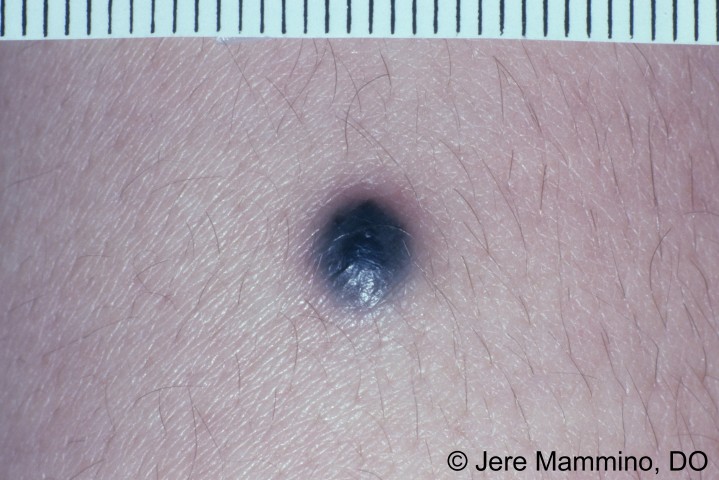
Blue Nevus - American Osteopathic College of Dermatology (AOCD)

Common lumps and bumps on and under the skin: What are they? | Stuff.co.nz

Hard Nodule on Leg Appears Years After Injury - Dermatology Advisor
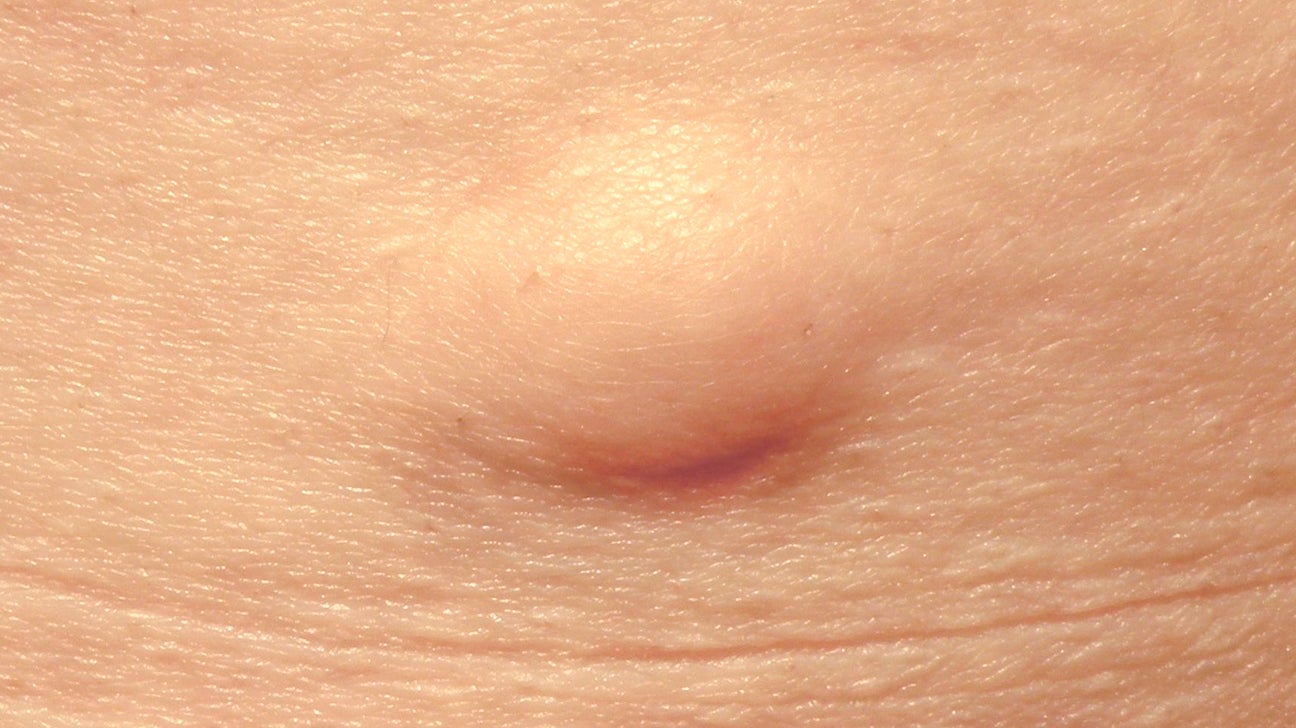
Hard Lump Under Skin: 8 Causes and How They're Treated

PDF) A slowly enlarging purple nodule on the arm

hand lump my matching blue spot-1 |

What Is a Skin Lump? Symptoms, Causes, Diagnosis, Treatment, and Prevention | Everyday Health
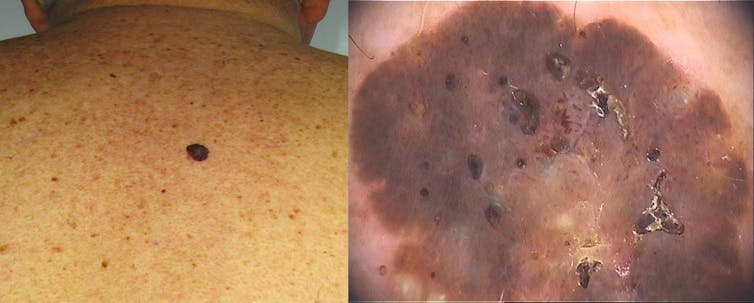
Common lumps and bumps on and under the skin: what are they?

Blue nodule on the finger - JAAD Case Reports
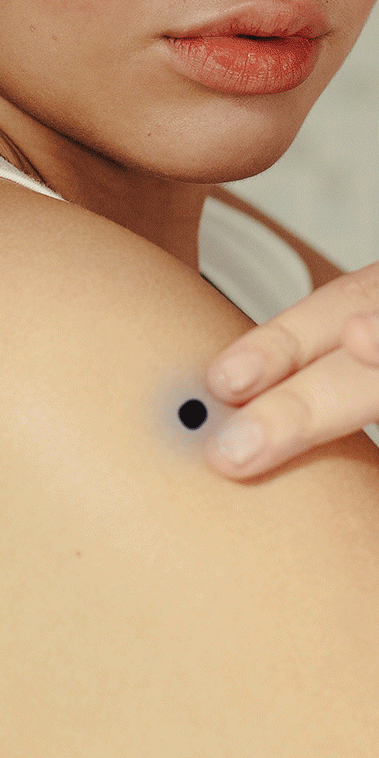
What to Know If Your Weird Mole Turns Out to Be a Blue Nevus | SELF

8 Kinds Of Bumps Every Woman Should Look Out For, According To OB/GYNs
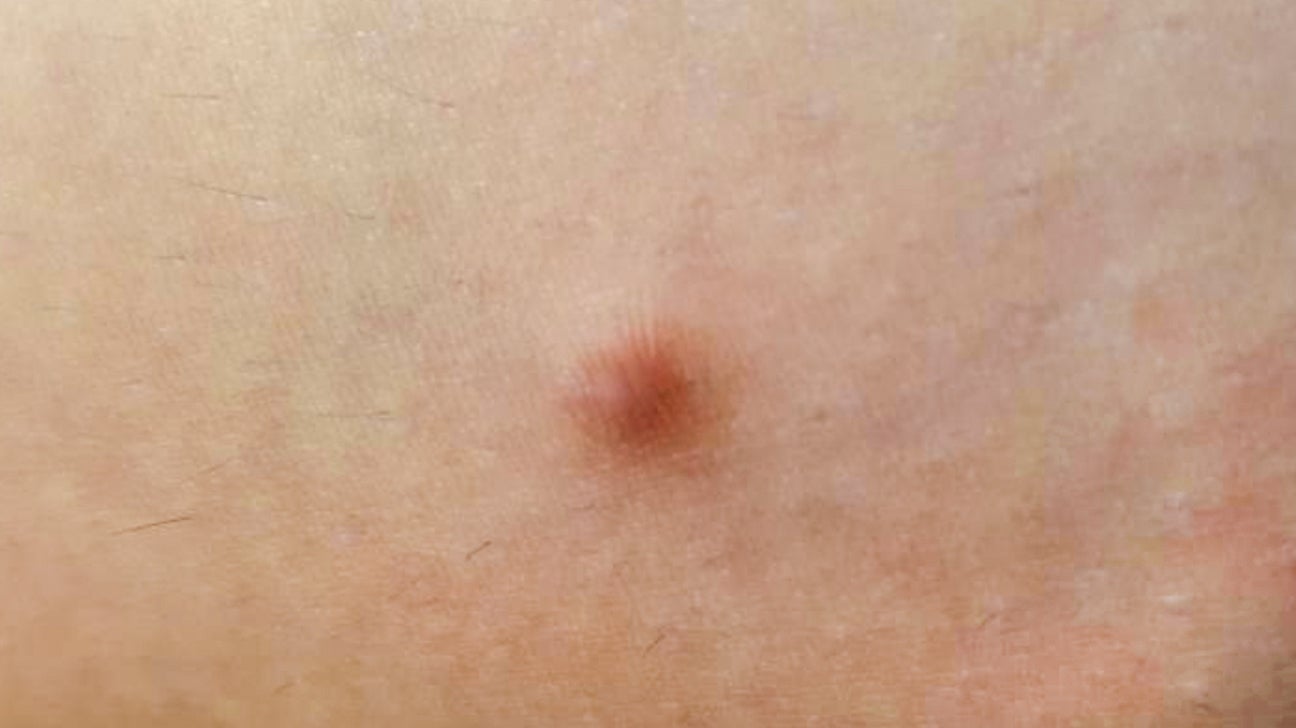
Hard Lump Under Skin: 8 Causes and How They're Treated

Lump on anus: perianal haematoma symptoms, causes and treatment

Pictures of Bumps on Skin: Cysts, Skin Tags, Lumps, and More
Blue Nodule Under Skin On Finger gallery
/is-it-a-lump-or-a-lymph-node-1191840-v1-5c869b3946e0fb00014319fb.png)
How to Tell a Lump From a Lymph Node

My dog has a big blue lump on her stomach, Her names Inka and she's 9, Inka, No
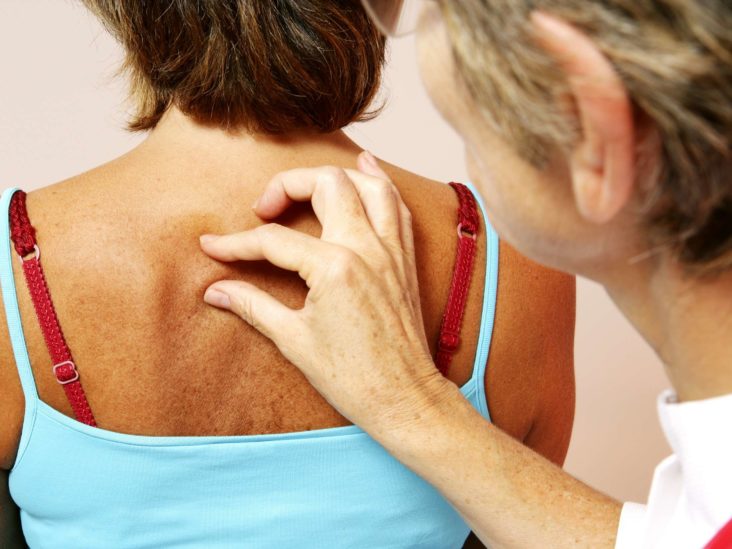
Hard lump under the skin: Causes and pictures
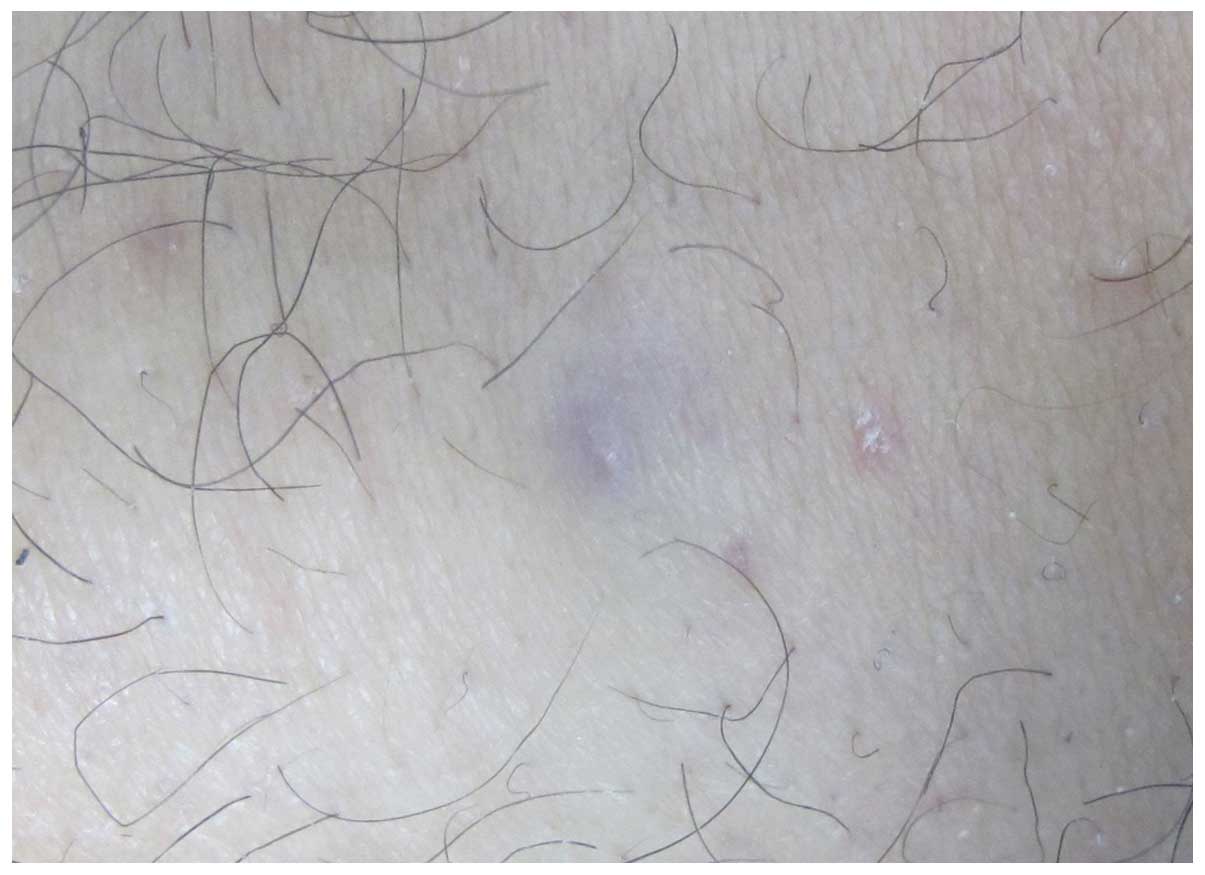
Differential diagnosis of eccrine spiradenoma: A case report

Skin signs of gastrointestinal disease | DermNet NZ
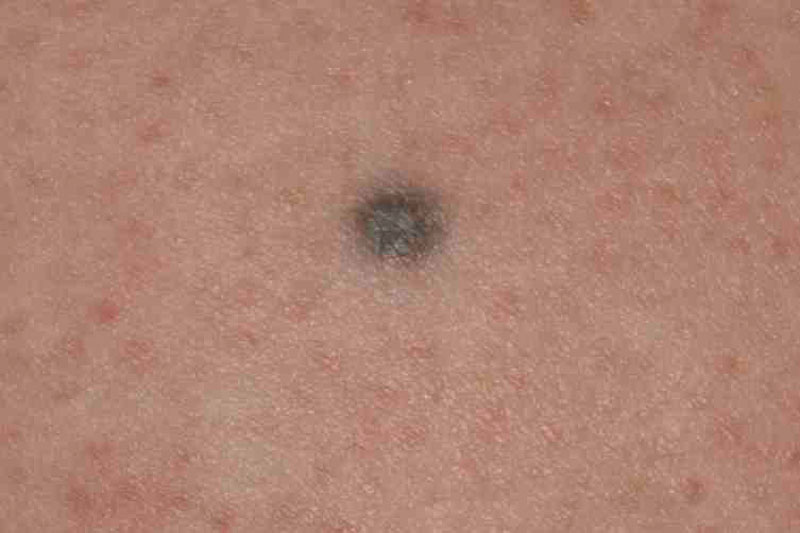
blue nevus Archives - Skin Cancer 909

Skin Disorders in Older Adults: Benign Growths and Neoplasms | Consultant360
Posting Komentar untuk "blue lump under skin"